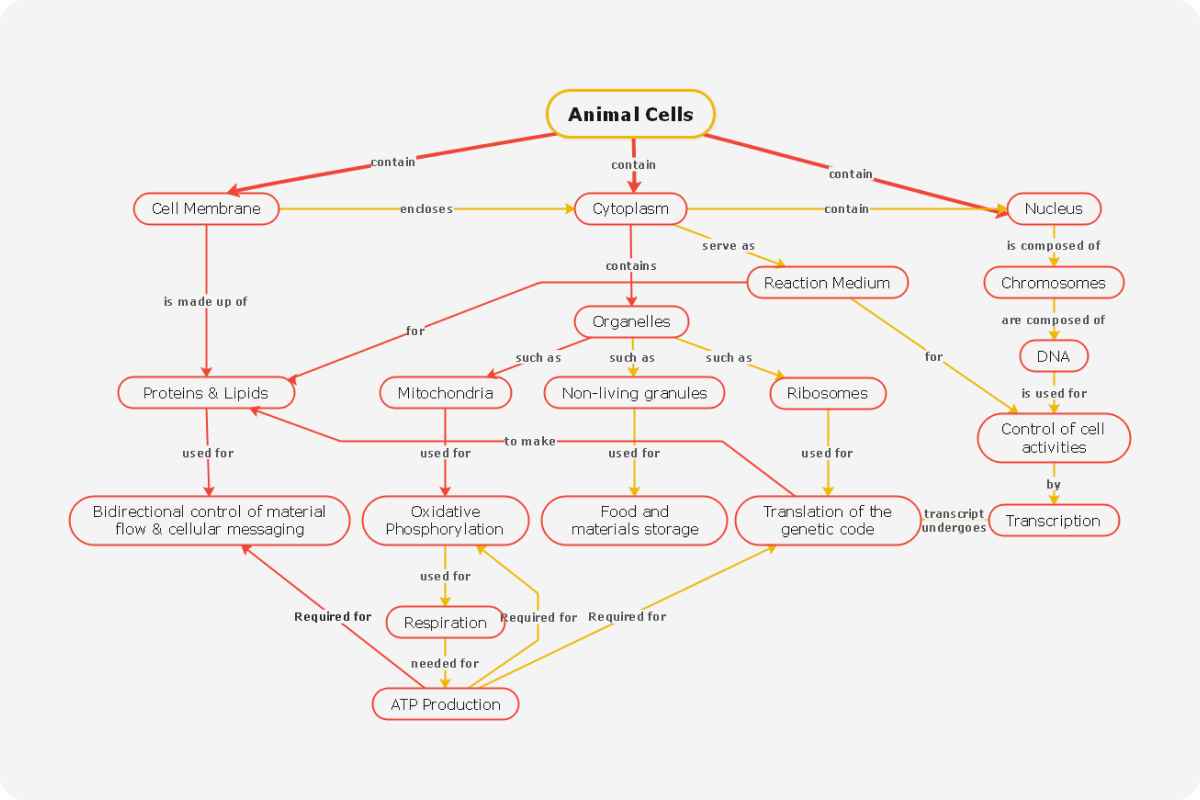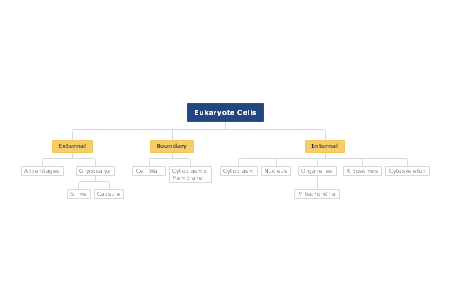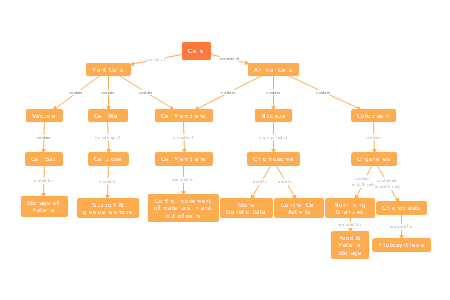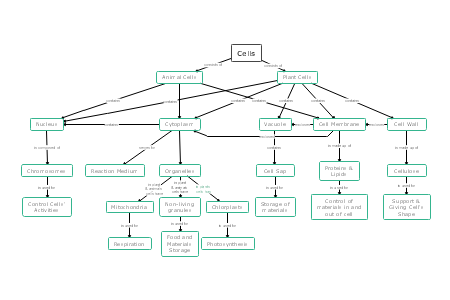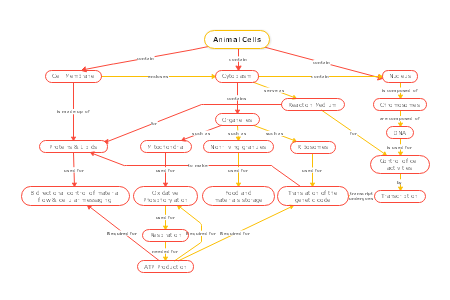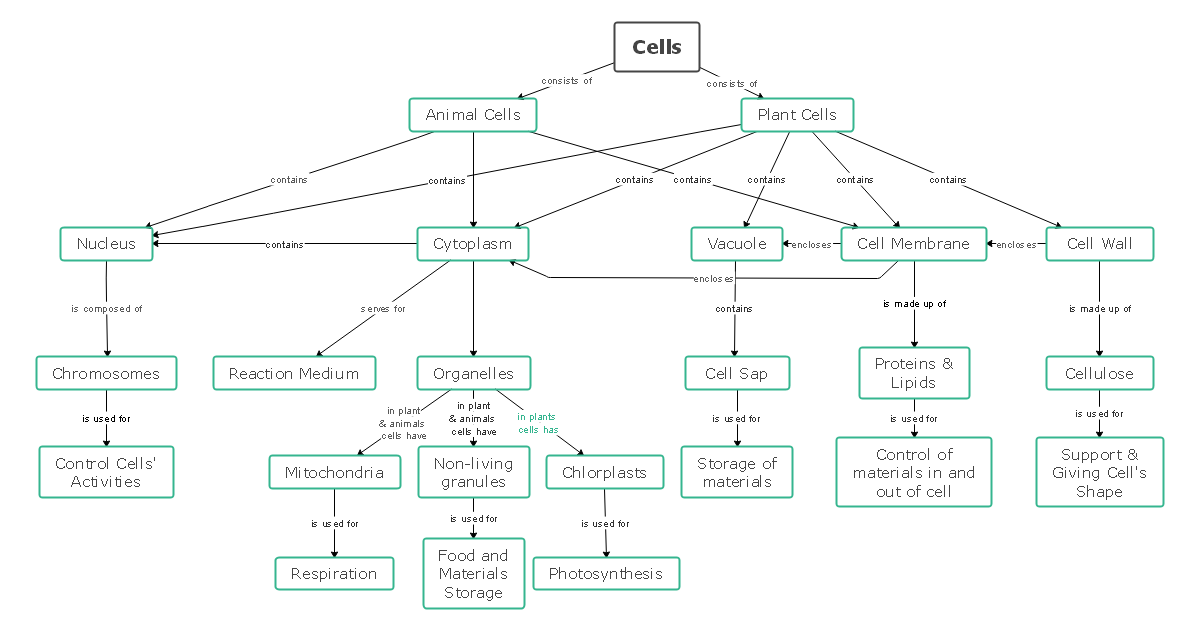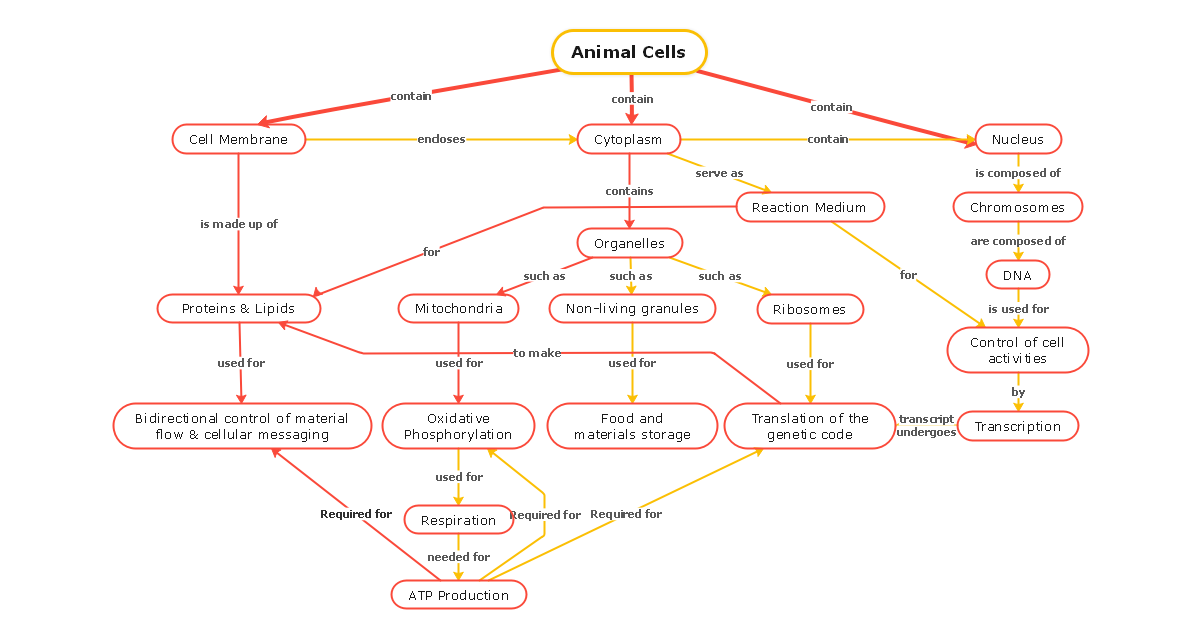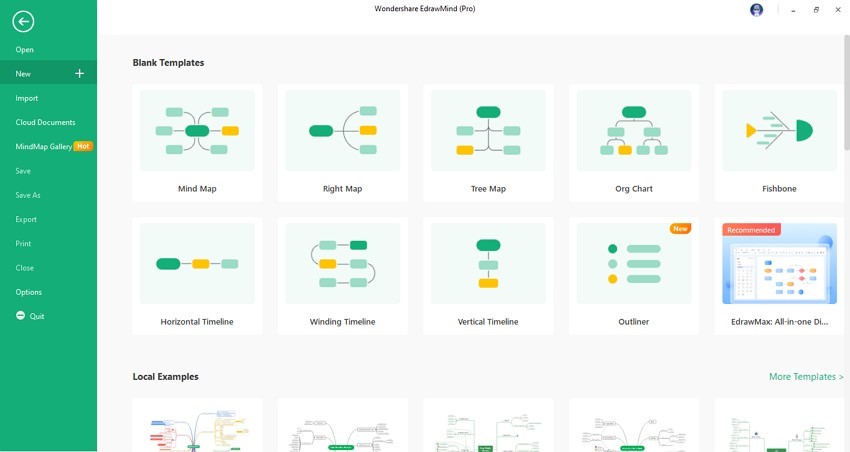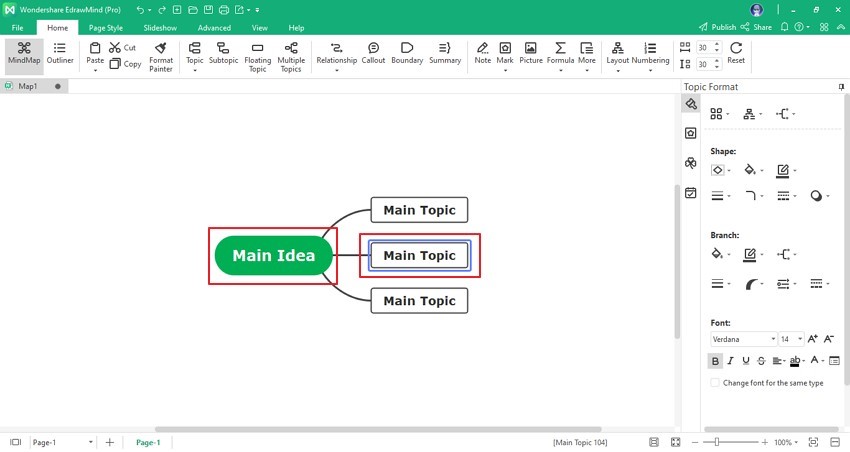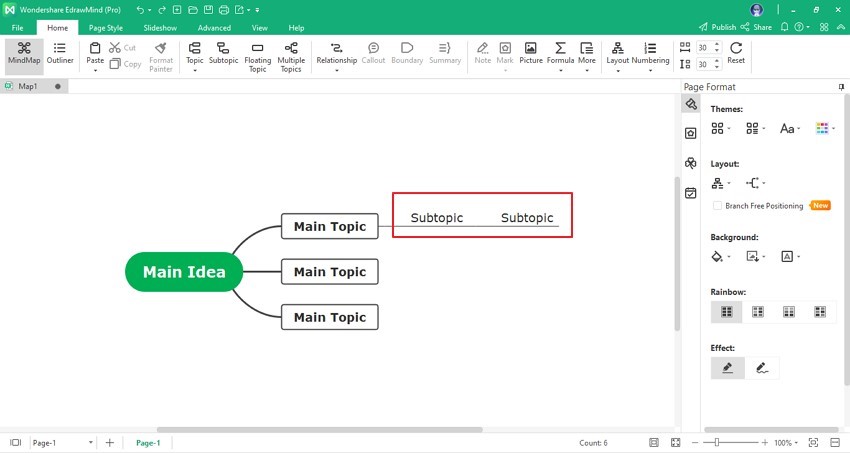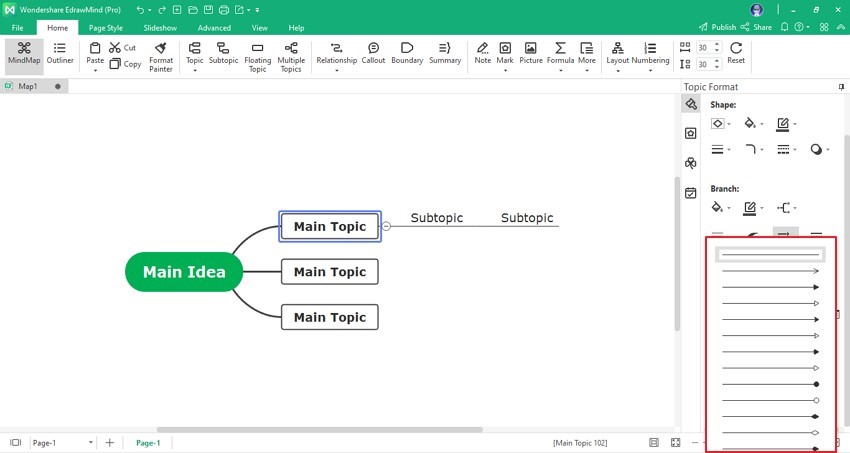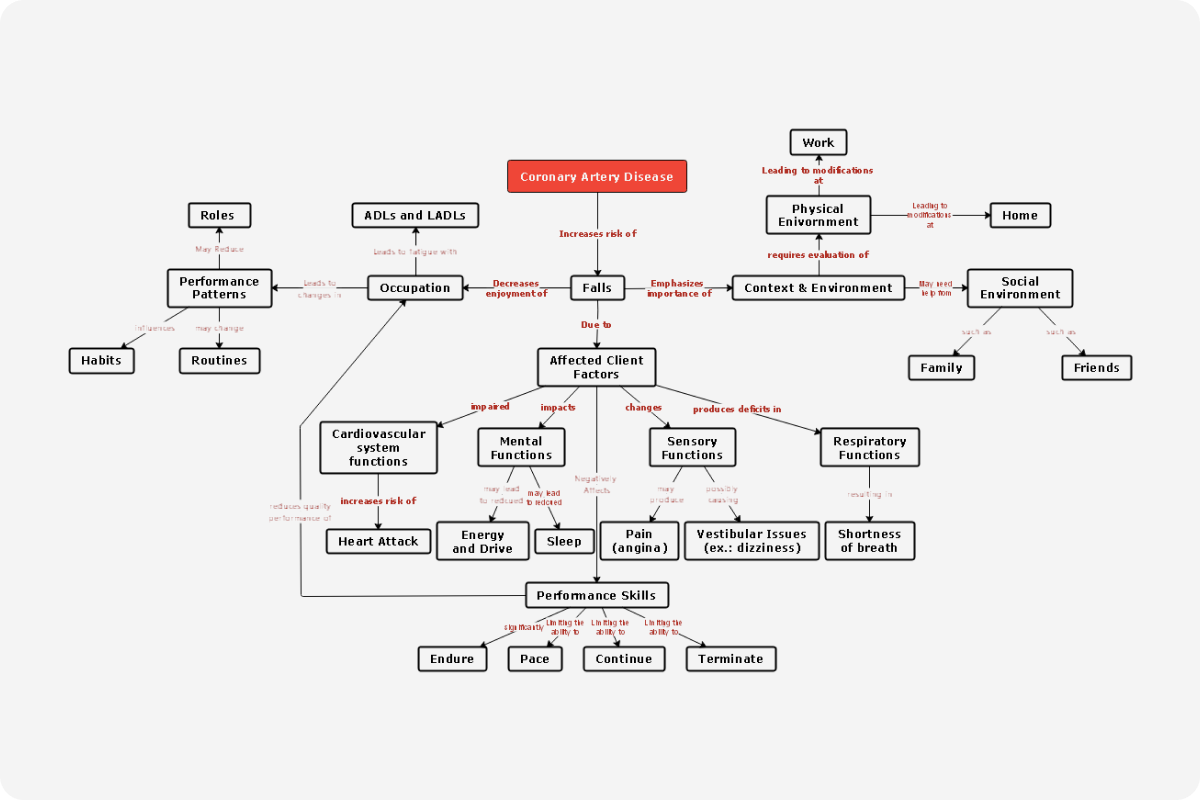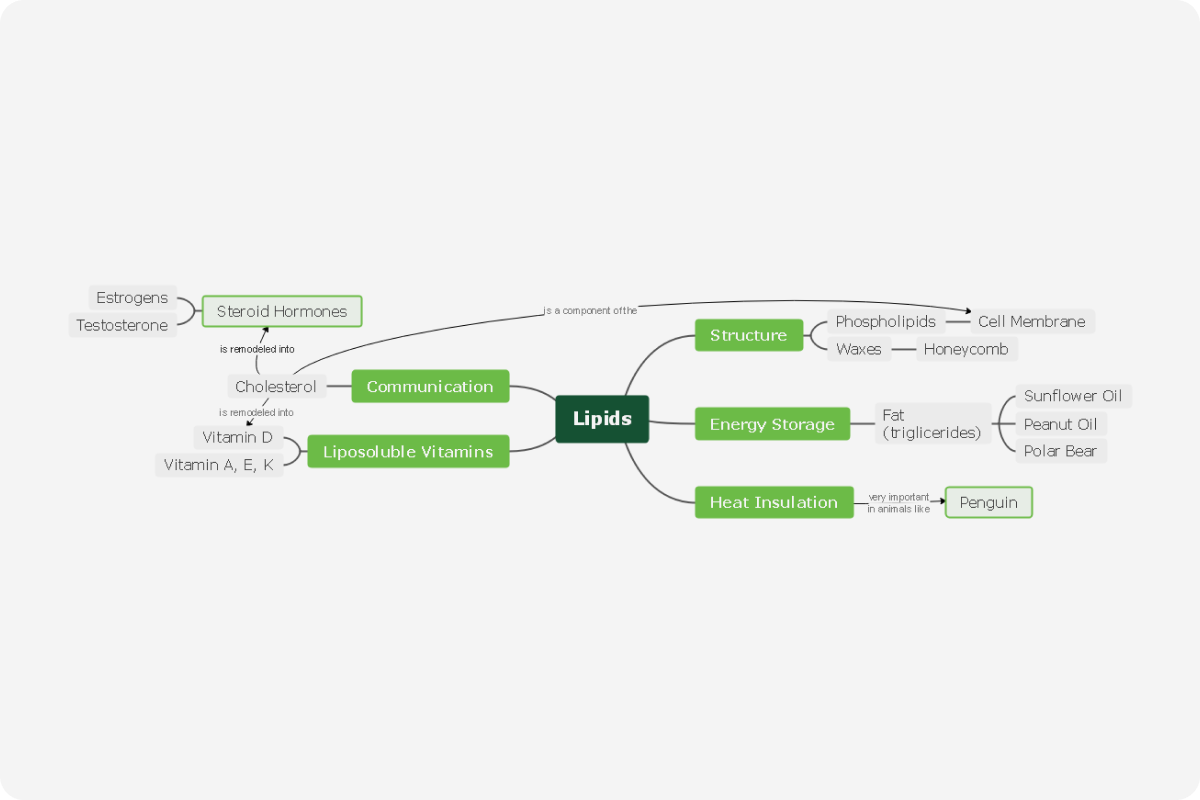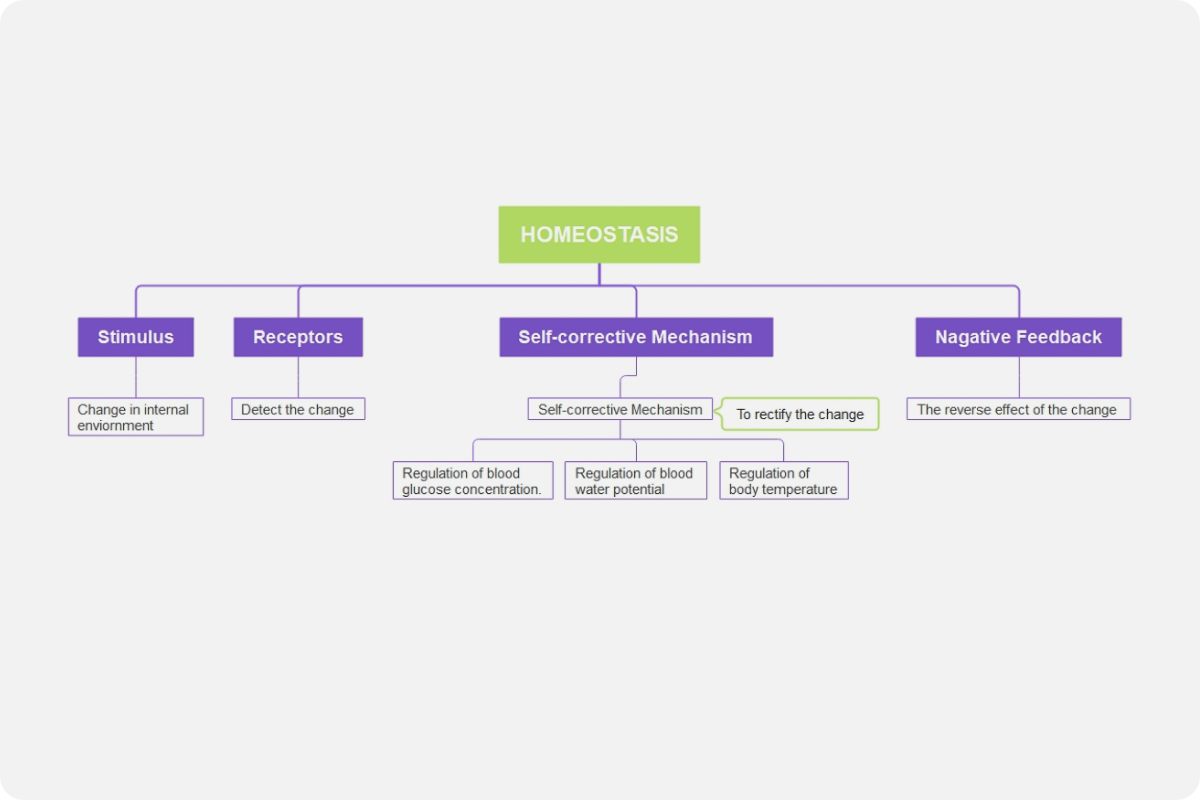What is a Cell?
Towards the middle of the 19th century, English Scientist Robert Hooke discovered the basic unit of life - The Cell. A cell is the fundamental and structural building block of all living things. It can be perceived as an isolated chemical system wherein the chemistry of life takes place. Therefore, the chemical activity enclosed within a cell is separated from the external environment by a thin membrane.
The plasma membrane regulates exchanges between the cell and its environment, therefore acting as a selective barrier between the two. It is identified as partially permeable since it only allows certain concentrations of specific substances to enter or exit. This feature allows a regulated exchange of materials to take place between the cell and its external surroundings.
Enclosed within the cell surface membrane is a jelly-like aqueous substance called cytoplasm. Organelles within the cell are embedded in its cytoplasm. Each of these organelles has specialized functions that operate in a coordinated manner to perform tasks like DNA replication, protein synthesis, and respiration. The cytoplasm provides a suitable medium for these organelles to function in, and it also maintains the PH and water potential of the cell.
Cells also carry, preserve, process and replicate hereditary information, which enables them to carry out life processes. Genes carried by the cell contain information that determines a wide variety of essential aspects of the organism.
Types of Cells
Cells are divided into two major types, Prokaryotic and Eukaryotic. This classification is determined by the presence of membrane-bound organelles in the cell. Simple single-celled organisms like bacteria and archaea tend to be Prokaryotic, while complex multicellular organisms like plants and animals tend to be Eukaryotic.
- Prokaryotic Cell
Single-celled organisms with the absence of a definite nucleus and membranous organelles are referred to as Prokaryotes. Prokaryotic cells tend to be smaller and simpler, with a diameter of about 0.1 - 5.0μm. Although today only Bacteria and Archaea are classified as Prokaryotic, it is a widely held scientific belief that all life was originally based on Prokaryotic cells and has since evolved into a more complex type. Nonetheless, Prokaryotes still exist in abundance, making up a considerable portion of the earth's biomass.
Prokaryotic cells have a simple structure as they are only based on four key components, Membrane, Cytoplasm, DNA, and Ribosomes. Since their DNA is not membranous, it is embedded in regions within the cytoplasm, called nucleoids. Other structures carried by Prokaryotes may include cell walls, capsules, pili, flagella, and plasmids. Prokaryotic microorganisms play an essential role in biotechnology; examples include E. coli Bacteria, Streptococcus Bacterium, and Lactobacillus Acidophilus. - Eukaryotic Cell
The eukaryotic cell is classified by the presence of a nucleus and other membranous organelles like Mitochondria and Golgi apparatus. Eukaryotes are complex organisms with multiple organs and functional systems. Two major types of Eukaryotic cells are plant cells and animal cells. Although both contain a double membrane nucleus and membrane-bound organelles, there are certain features that differentiate the two.
Plant cells are Eukaryotic cells that contain chloroplasts, cell walls, and large permanent central vacuoles, all of which are absent in animal cells. Animal cells, on the other hand, are eukaryotes that contain centrioles and small temporary vacuoles. The presence of membrane-bound organelles like mitochondria, a double membrane nuclear envelope, and endoplasmic reticulum make both plant and animal cells eukaryotes. Other examples of eukaryotes include protists and fungi. - Difference Between Prokaryotic and Eukaryotic Cells

